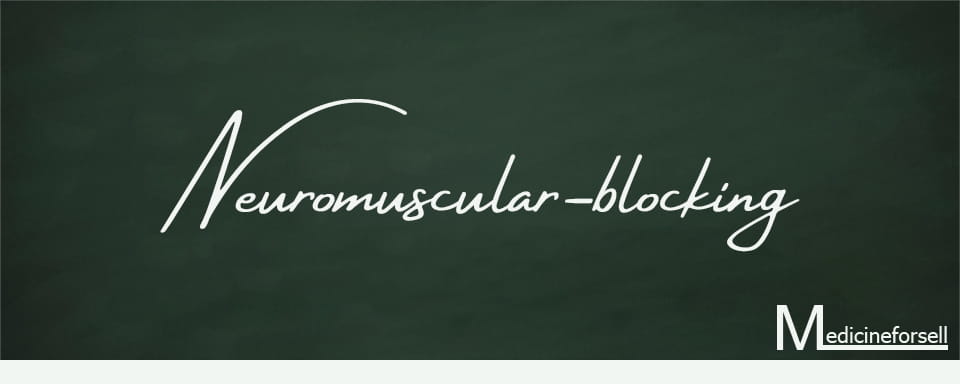

Antidepressants
| Number | Medicine |
| 1 | Amitriptyline |
| 2 | Amoxapine |
| 3 | Bupropion |
| 4 | Citalopram |
| 5 | Clomipramine |
| 6 | Desipramine |
| 7 | Doxepin |
| 8 | Duloxetine |
| 9 | Escitalopram |
| 10 | Fluoxetine |
| 11 | Fluvoxamine |
| 12 | Imipramine |
| 13 | Isocarboxazid |
| 14 | Lithium Carbonate |
| 15 | Maprotiline |
| 16 | Mirtazapine |
| 17 | Nefazodone |
| 18 | Nortriptyline |
| 19 | Paroxetine |
| 20 | Phenelzine Sulfate |
| 21 | Protriptyline |
| 22 | Sertraline |
| 23 | Tranylcypromine |
| 24 | Trazodone |
| 25 | Trimipramine |
| 26 | Venlafaxine |
| 27 | Gamma-aminobutyric Acid |
| 28 | Rasagiline |
| 29 | Desvenlafaxine |
Antidepressants are medications used to treat major depressive disorder, some anxiety disorders, some chronic pain conditions, and to help manage some addictions. Common side-effects of antidepressants include dry mouth, weight gain, dizziness, headaches, sexual dysfunction, and emotional blunting.[7][8][9] There is a slight increased risk of suicidal thinking and behavior when taken by children, adolescents, and young adults. A discontinuation syndrome can occur after stopping any antidepressant which resembles recurrent depression.




